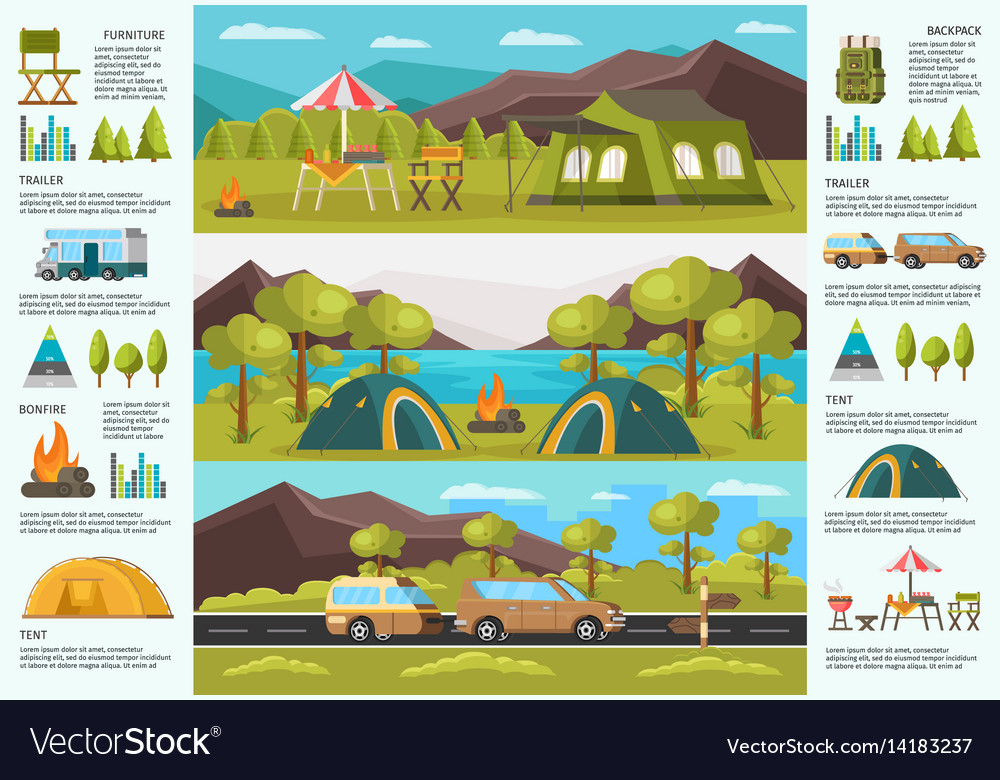Angles play an important function in building. They influence security, toughness, performance, and even visual appeals. Builders make use of various kinds of angles for frames, structures, building and construction products, and much more.
From renowned bridges like the Golden Gate Bridge to everyday commercial stockrooms, steel angle bars are an essential part of many steel structures. Their resilience and strength make them an excellent material for sustaining heavy loads and holding up against ecological difficulties.
Strength
In the building and construction industry, 90 level angles are crucial for maintaining structures solid and steady. They can be found in lots of projects, consisting of foundations and structural frameworks. They also aid distribute the weight of a structure uniformly and protect against changes or breaking.
In business buildings, steel angle is often utilized to connect or strengthen metal stud framework. Its resilience suggests it can endure heavy loads and last for several years, making it a preferred option in industrial workshops.
In addition, the versatility of steel angle permits it to fit into a selection of architectural layouts. This versatility is boosted by its broad selection of sizes and thicknesses, which enable architects and designers to customize their structures. Spherical corners additionally reduce anxiety focus and enhance distorting strength, particularly in end-notched light beams. This permits them to be integrated right into larger frameworks, like roofing system trusses, without endangering their integrity. The synthesis of durable toughness and versatility makes steel angle a very useful asset for building huge, complex building structures.
Resilience
Structural security is crucial to the longevity of doors and windows, ensuring that they can endure ecological stress and anxieties gradually. Making use of welds and firm joints, along with strengthened edges, aids decrease the threat of failing and minimizes upkeep prices.
The 90 degree angle is a staple in building projects due to its capability to give stability and strength. Nevertheless, designers additionally make use of other types of angles in their styles to accomplish details purposes. For example, curved inside edges boost architectural security in stone structures by distributing tension uniformly.
Various other applications of the L-angle include building edging and garden and landscape aspects. The strength of these items allows them to withstand the aspects and produce specified limits in yards and walkways. They are also an appealing alternative to bulkier materials and can complement the natural shapes of outdoor spaces. Lastly, the sturdiness of steel angle sustains environment-friendly building and construction techniques by reducing resource intake and extending the life of buildings.
Versatility
The ideal angle is a vital item in the framework of lots of natural and manufactured structures. The ideal angles are found in squares, rectangles and triangles and assist the shapes hold their stamina and security. Engineers rely on the best angle to construct and design structures, bridges and other structures.
Flexibility is the ability to move one or more joints through a range of movement without injury. In contrast to more general or systemic fitness components, flexibility is highly particular to individual joints and might vary considerably in between people. This makes it hard to develop an organization between a specific versatility test and health and wellness results in young people.
This chapter presents a review of what is presently known about the partnership in between adaptable activities and health results in young people. It talks about physiology that underlies the connection in between versatility and wellness, and assesses commonly used versatility tests. The chapter likewise takes a look at the toughness and constraints of existing information regarding these relationships.
Looks
Whether you make use of an edge for a bookshelf or as an area to present your collection, the angle forms how it's regarded. Curves evoke gentleness and approachability while angles bring structure and energy. When used together, curved and angular designs create an unified equilibrium that really feels modern-day and advanced.
Scientific research study shows that people choose rounded corners, even when they're not consciously aware of it. They're simpler on the eyes and lower tension by lowering cortisol levels in the mind. Researchers think this is because sharp angles set off the amygdala, causing a risk response similar to that of thorns or claws.
Rounded shapes are likewise a pattern in interior design, and they're anticipated to remain to dominate the electronic world. Anticipate squircles and waved sides to become tent poles a lot more prominent in UI/UX and in home decoration, along with AI-driven tools that maximize edges based on customer behavior (16 ). In the future, they'll offer security while preserving elegance, elegance and approachability.
